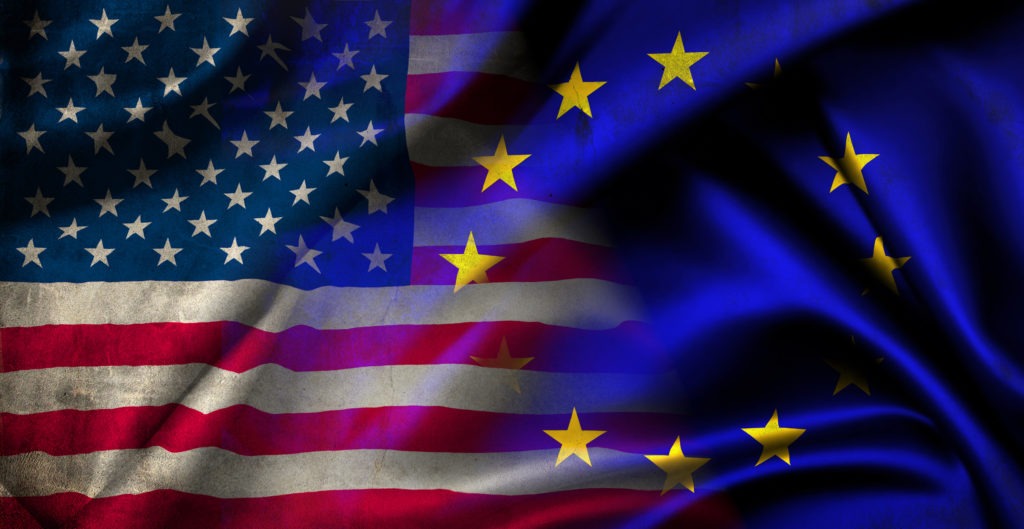Trump rejects scrapping of EU car tariffs
03 September 2018

3 September 2018
US President Donald Trump recently rejected the scrapping of tariffs on cars imported to the US from the European Union.
Current tariffs stand at 10% on imports of passenger cars to the EU, whereas US tariffs stand at 2.5%.
′It’s not good enough,’ Trump said of the offer from Brussels during an Oval Office interview with Bloomberg News. ′Their consumer habits are to buy their cars, not to buy our cars.’
The EU has taken the stance that the President’s position ignores the higher US rates on other automotive products, which mainly focusses on larger vehicles. For example, the US currently charges a 25% tariff on trucks and pick-up imports.
′We are willing to bring down even ″¦″‰our car tariffs to zero, all tariffs to zero, if the US does the same,’ Cecilia Malmstrom, the EU trade commissioner, told a European Parliament committee.
President Trump has previously clashed with the EU over tariffs on manufacturing materials. Steel and aluminium were targeted specifically, which provoked a strong reaction from EU officials and European manufacturers.
′Everybody would lose,’ Volvo CEO Hakan Samuelsson said. ′This includes Volvo because our whole system is based on free trade. And the consumers would lose out because they will have more expensive goods, including cars.’
This news follows that of a new set of US ′national security’ tariffs placed on all Mexican car and SUV imports over 2.4 million vehicles and on vehicle parts imports above $90 billion (€77 billion) per year.
The agreement sees the United States and Mexico overhauling the North American Free Trade Agreement (NAFTA). Now the agreement, first signed in 1994, has been scrapped, it will allow tariffs on imports to the US to rise to as much as 25%.
With two of the three NAFTA nations signing a new deal, Canada is facing increasing pressure to accept tariffs on exports to the US and remain part of the valuable three-nation market.
The new deal is stated to strengthen the US automotive industry by encouraging the manufacturing of more vehicles within the US and therefore forcing OEMs to employ more US citizens to support increased internal output.
Earlier this year, the President weakened regulations for fuel efficiency and CO2 emissions. A move which aimed to strengthen sales of new cars by slashing Obama-era costs, which added $2,340 (€2,019) to the costs of new vehicles.